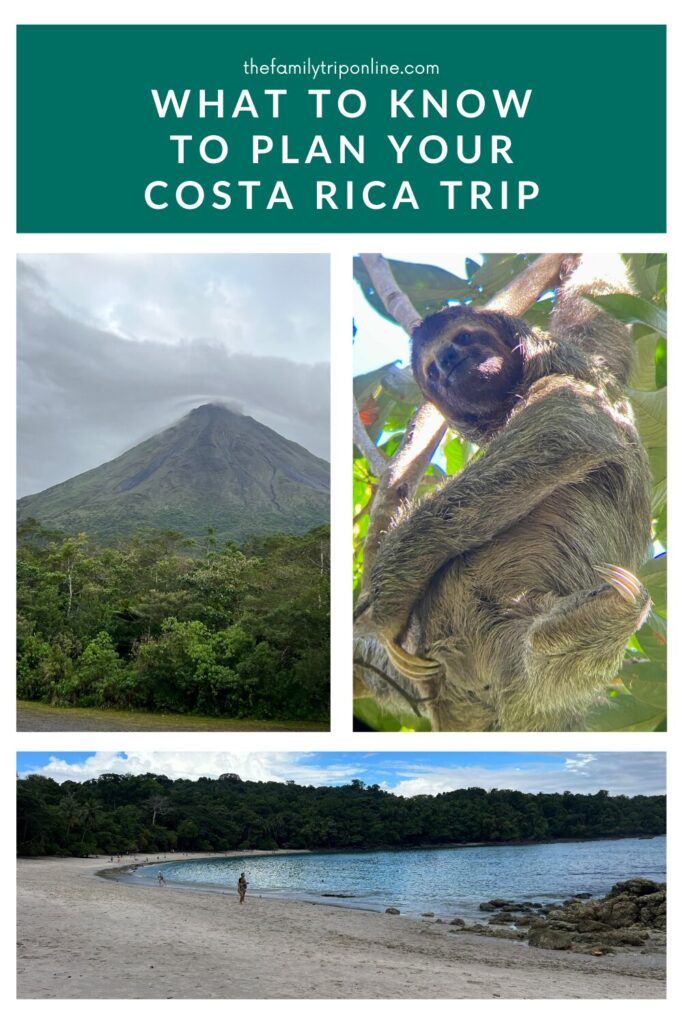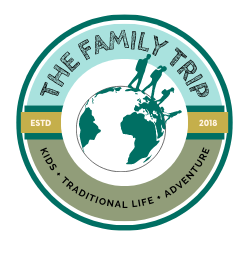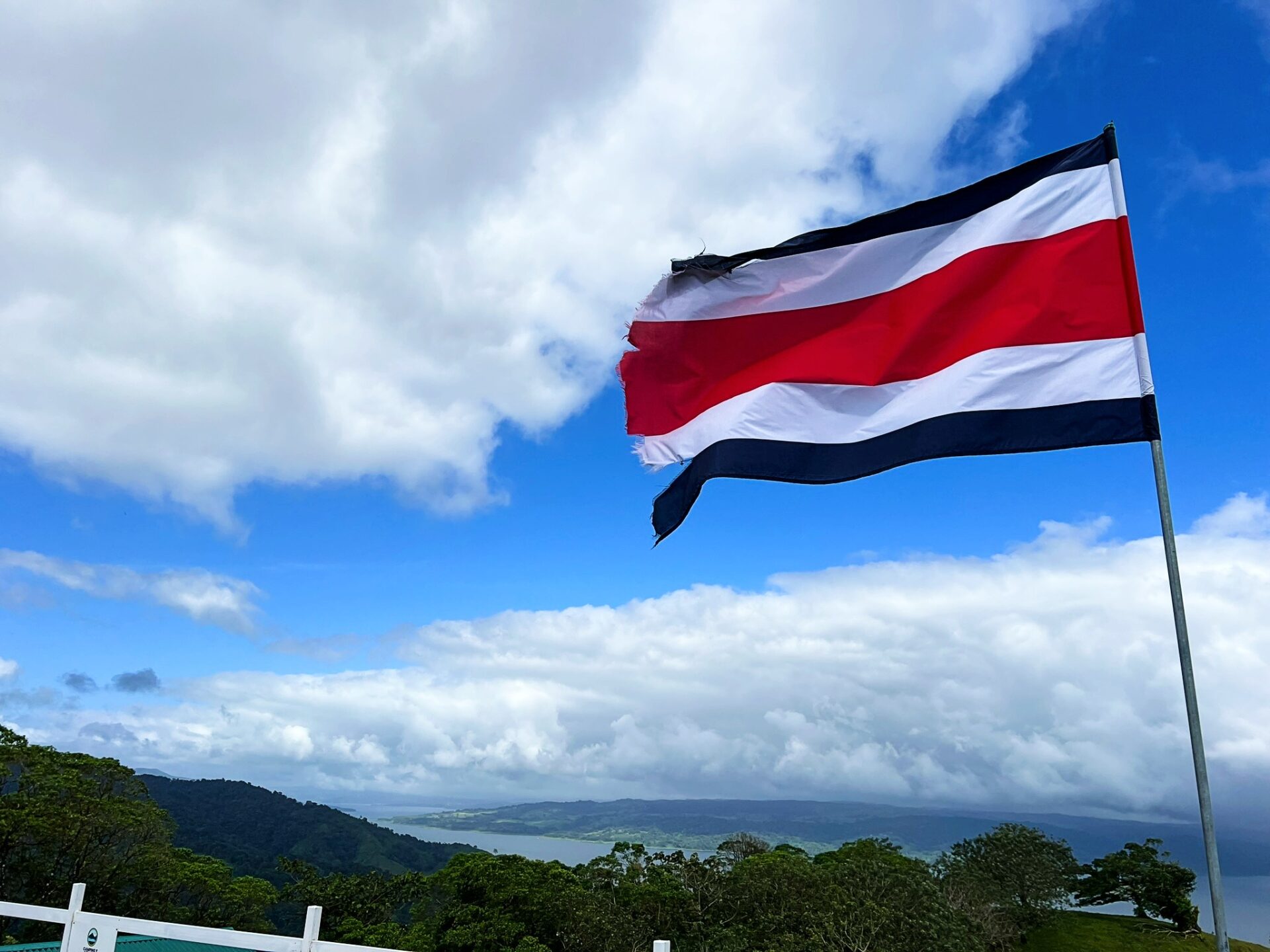
It’s been pretty rare that I return to a country to vacation. With so many places to be discovered, I am always ready to explore the next place. But visiting Costa Rica is so special that I was excited to return after almost 20 years since my first visit – this time, with my kids.
We planned this trip before Costa Rica was named the 2024 Travel + Leisure destination of the year, but we weren’t surprised by the designation either.
Costa Rica is easy to navigate, laidback, not too expensive to fly to from America (although prices on food, lodging, and excursions aren’t exactly cheap once you arrive). Costa Ricans are friendly and everything feels just exotic enough while still being comfortable for American tourists.
“Pura Vida,” the popular phrase exclaimed in Costa Rica, is a concept that is hard to explain. But once you experience it (with a cold beverage, listening to music, watching an epic sunset, hearing howler monkeys in the distance) you know it. And you want it again. Odds are, once you go to Costa Rica, you’ll want to never leave or you’ll want to come back again.
Table of Contents
Costa Rica is a very easy trip for American tourists (which is why so many go). Airfare is relatively affordable for an international trip, Costa Rican businesses will nearly always take the US dollar or credit cards, the water is safe to drink, while Spanish is the primary language it is fairly easy to communicate with Costa Ricans, and the infrastructure is safe and comfortable for Americans (i.e., you can even use your Uber account to book rides in some places).
While a Costa Rican vacation is easy to plan and enjoy, there are some things to know to maximize your visit.
Costa Rican Weather
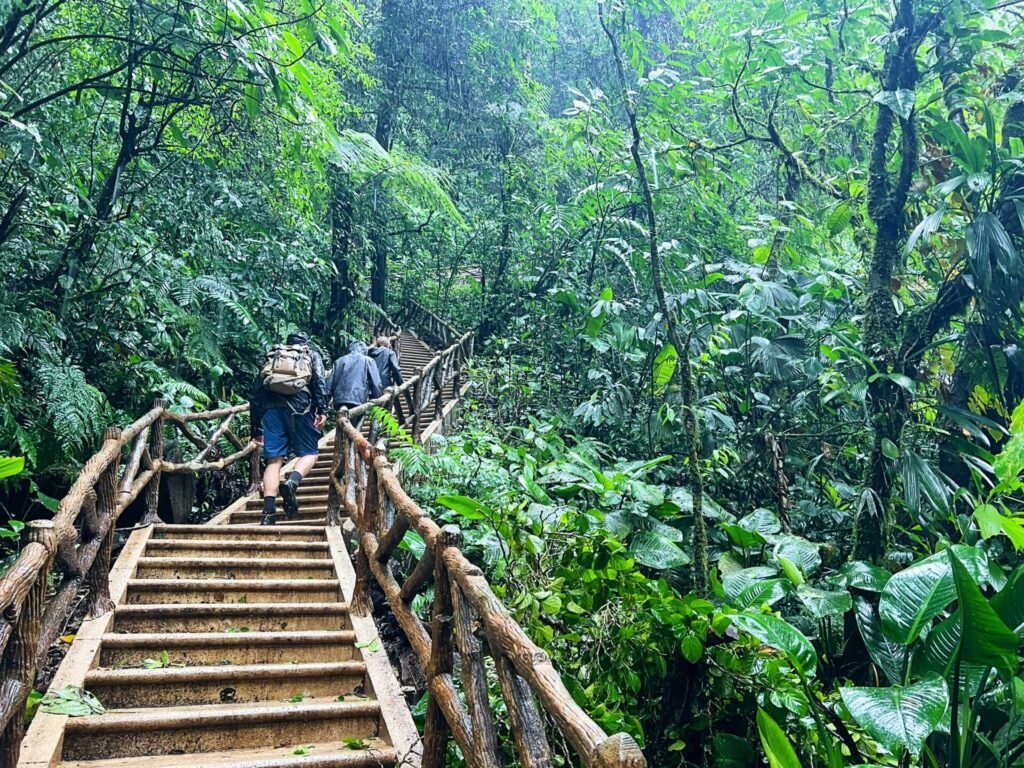
There is a VERY STRONG LIKELIHOOD that it will rain on you while you are in Costa Rica. It is a tropical climate, where short rain bursts roll in on a moment’s notice.
Bring gear with you wherever you go, and plan for a warm rain.
Because of the likelihood of rain on a daily basis, Costa Rican excursions are nearly always on a “rain or shine” basis. Your guided walk will not be canceled because of rain.
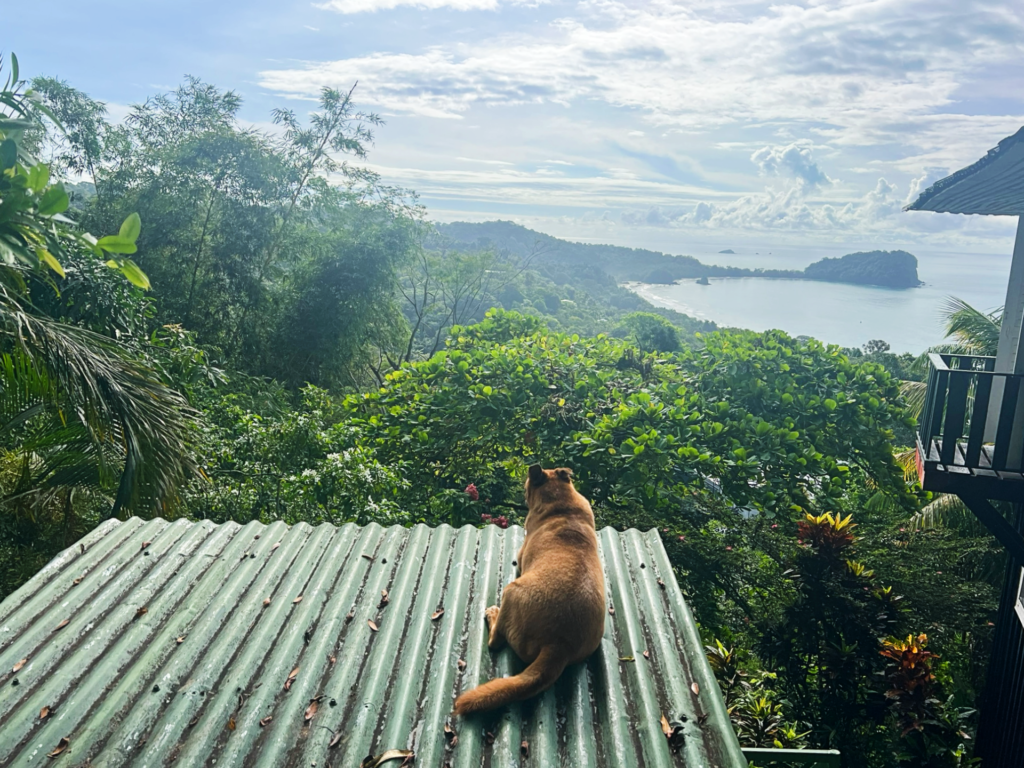
There is a rainy season in Costa Rica (generally May to November) but we were there outside of the rainy season and it still rained. I went to Costa Rica in June and I went in December. Both times it rained, both times it was beautiful, and both times I did every activity I wanted regardless of weather. Just be prepared with good shoes and a good rain jacket.
The biggest consideration about when to go to Costa Rica may not hinge on weather forecasts but on your budget. Things get considerably more expensive when demand goes up in mid-December, but there are some lovely deals year-round so set your alerts.
Where to Go in Costa Rica
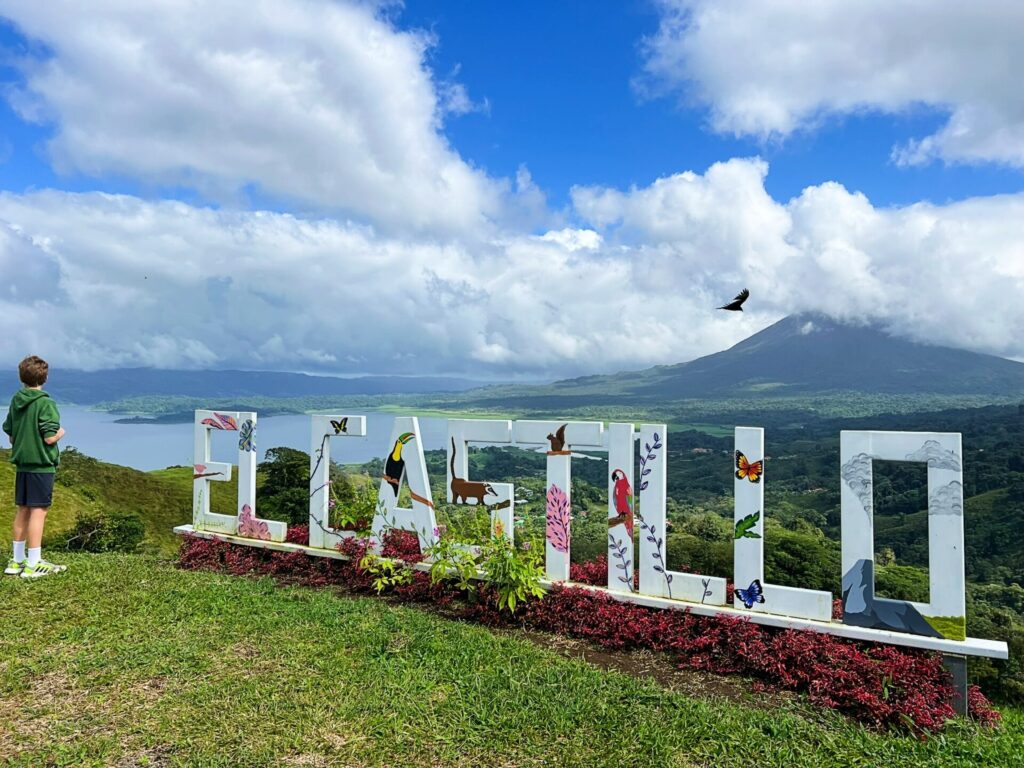
When I built our family’s itinerary, I knew I wanted mountains and sea. I wanted some interior and some coast.
I decided, after a lot of research, to go back to two of the places I had been before that I know I love: Arenal Volcano area and Manuel Antonio. Yet this time for our Arenal home base, we opted not to stay in La Fortuna (a fast-growing bohemian and expat paradise at the foot of the volcano). Instead, we stayed in a smaller town to see what life was like there – El Castillo.
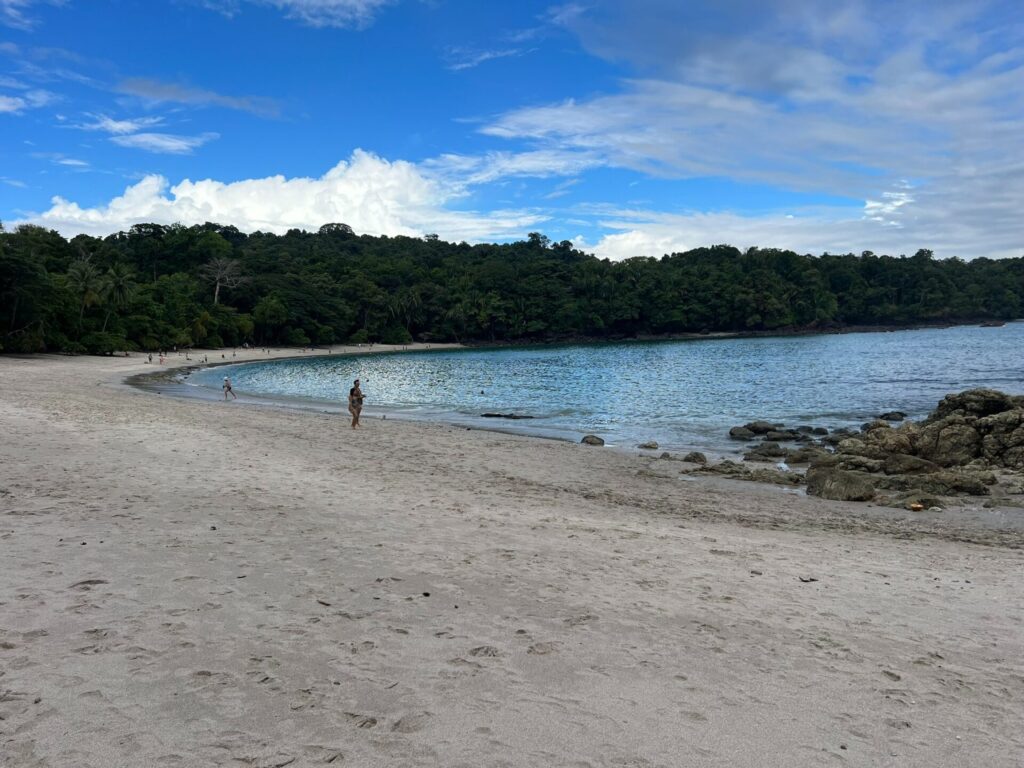
Truthfully, there are so many great places in Costa Rica to visit, and you can’t ever completely escape tourists.
But when setting your itinerary, keep in mind drive times (see our notes below). Costa Rica is a hard country to be moving from city-to-city every few days. We found two primary exploration points quite enough for us. We went in and out of San Juan only around our flights and airport trips. We didn’t feel the need to explore a large city when so much of the beauty and allure of Costa Rica is in the jungles and mountains.
Driving in Costa Rica
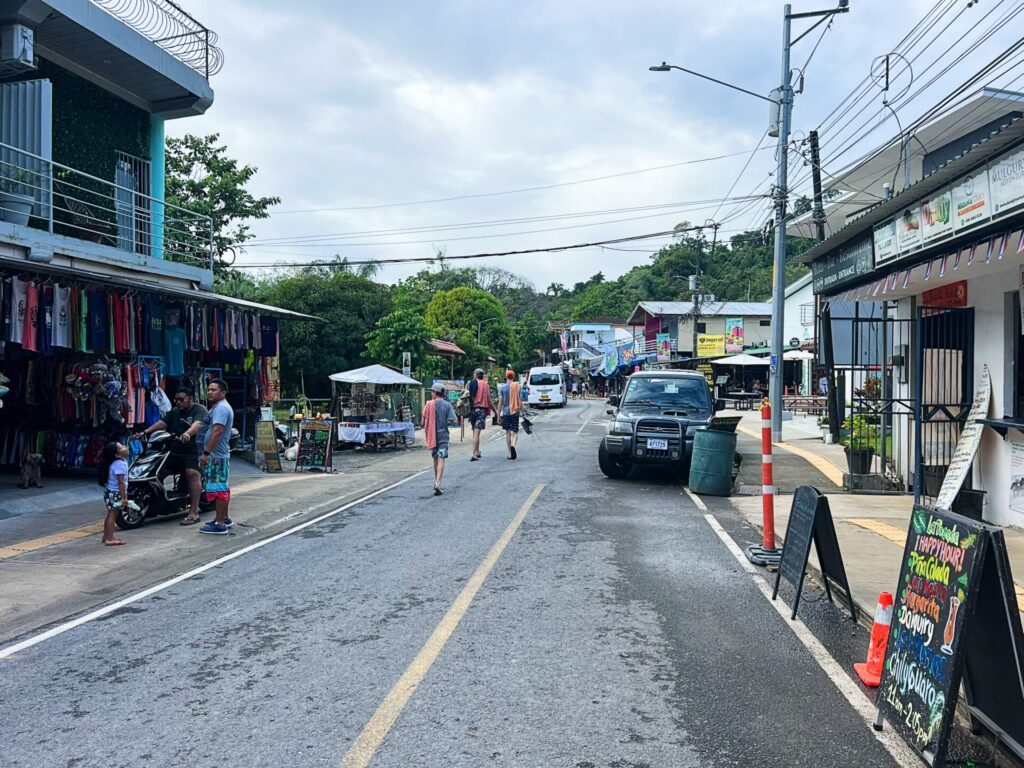
Unlike our experience in Ireland, driving in Costa Rica was easy to arrange.
When I first visited Costa Rica, the general advice (and the advice that we followed) was not to drive, but to arrange drivers. That is still an option that many visitors take advantage of.
Today, with Google Maps and better infrastructure, driving in Costa Rica is easy and we didn’t have any problems. Drivers were courteous (they tended to drive fairly slow) and obeyed traffic rules.
That being said, it felt like a very long drive to get around. Our 8-day itinerary was:
- San Juan arrival, immediately driving out to El Castillo
- 3 nights in: Arenal/La Fortuna/El Castillo
- 4 nights in: Manuel Antonio
- 1 night in: San Juan (near the airport)
It took longer to drive anywhere than expected as the highways are single lanes with limited passing, trying to accommodate huge trucks hauling up mountains. It was slow going.
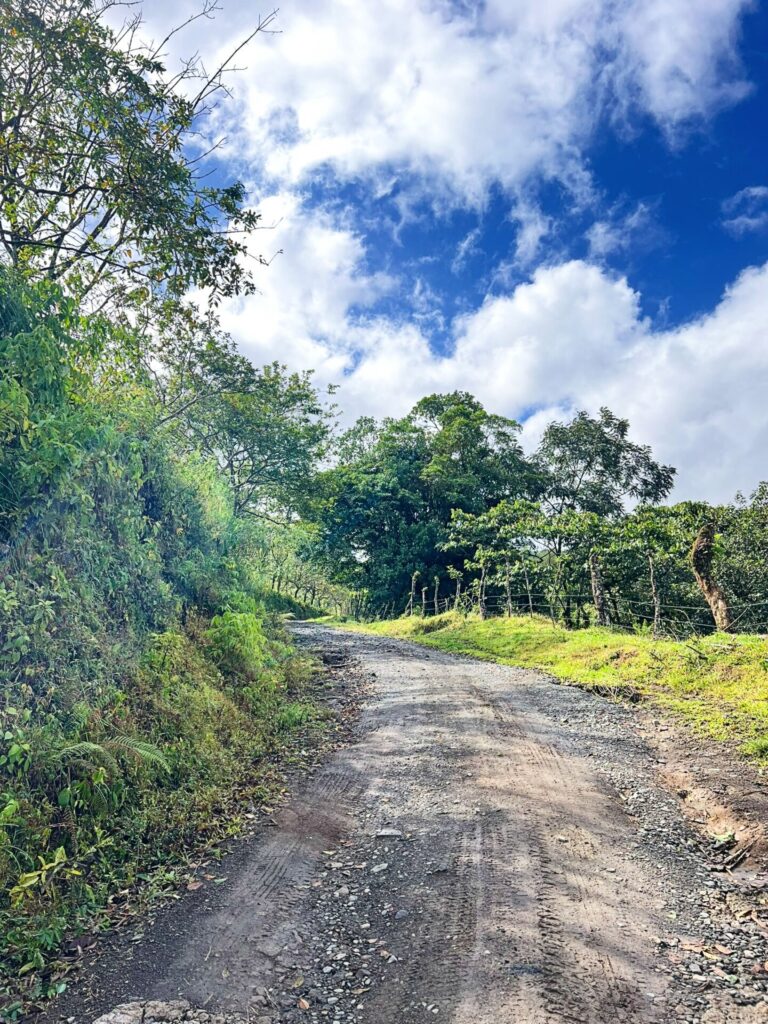
The car we rented was an all-wheel drive vehicle and there were certainly places that was needed. If you think you’ll be trekking around the country at all (even and especially around the national parks and to AirBnBs), opt for something all terrain.
Also, have cash for tolls (US dollars work). Most of the toll booths we encountered took credit cards, but a few did not. There are a surprising amount of tolls to get around the San Juan area, so be prepared.
While we never experienced any problems with finding parking, we were told not to leave anything in the car. Costa Rica is not known for heavy crime rates, but apparently car break-ins are enough of an occurrence that it’s a common warning.
We enjoyed having a car as it gave us ultimate flexibility. But, again, there are plenty of private driving services throughout the country that you can arrange if you’d prefer to sit back, look out the window, and let someone else navigate the turns.
Comfort & Safety in Costa Rica
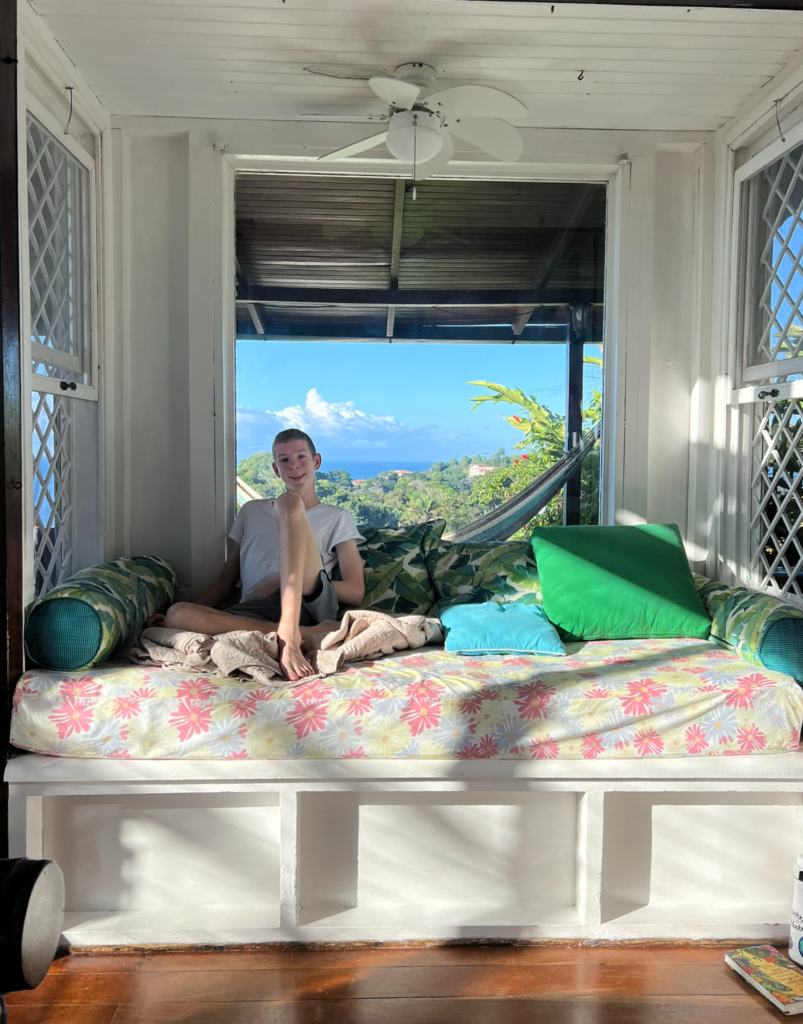
We ended up in two different AirBnB properties and one hotel room for this vacation. As I’ve said before, when we travel we really enjoy having a kitchen, so AirBnBs tend to be more successful stays for us. In both places we had phenomenal views, which certainly enhanced our enjoyment.
But there are some things to note about Costa Rican lodging as you plan your family trip.
Not much by way of lodging anywhere is going to be walkable to all of the things you will want to do. Even in La Fortuna, you’ll want to get out to different waterfalls, hot springs, and excursions that won’t be within walking distance. So don’t let precise location anywhere other than San Juan be an issue. (We didn’t stay in San Juan long and stayed close to the airport in a very sweet, locally-owned hotel.)
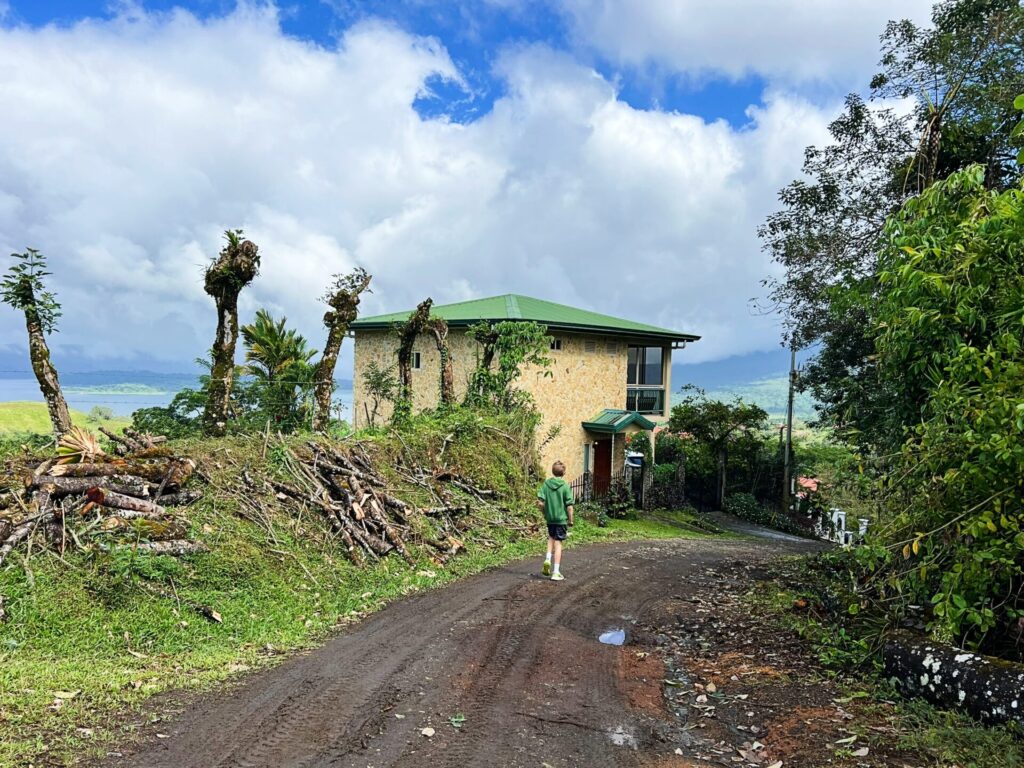
Roads off the main highways can be rough, so see our driving notes above.
The biggest thing to note: you will likely not have air conditioning. Be sure to check your lodging details if this is important to you! Costa Rica really is about outdoor living. Where walls end and windows begin is fluid and you pretty much find in restaurants, shops, and houses that you’ll be engaged in some sort of indoor/outdoor merge. I love that, and we were able to sleep fairly comfortably at night while we were in Costa Rica thanks to fans, open windows (with screens), and nighttime temperatures that drop. But it could be a consideration.
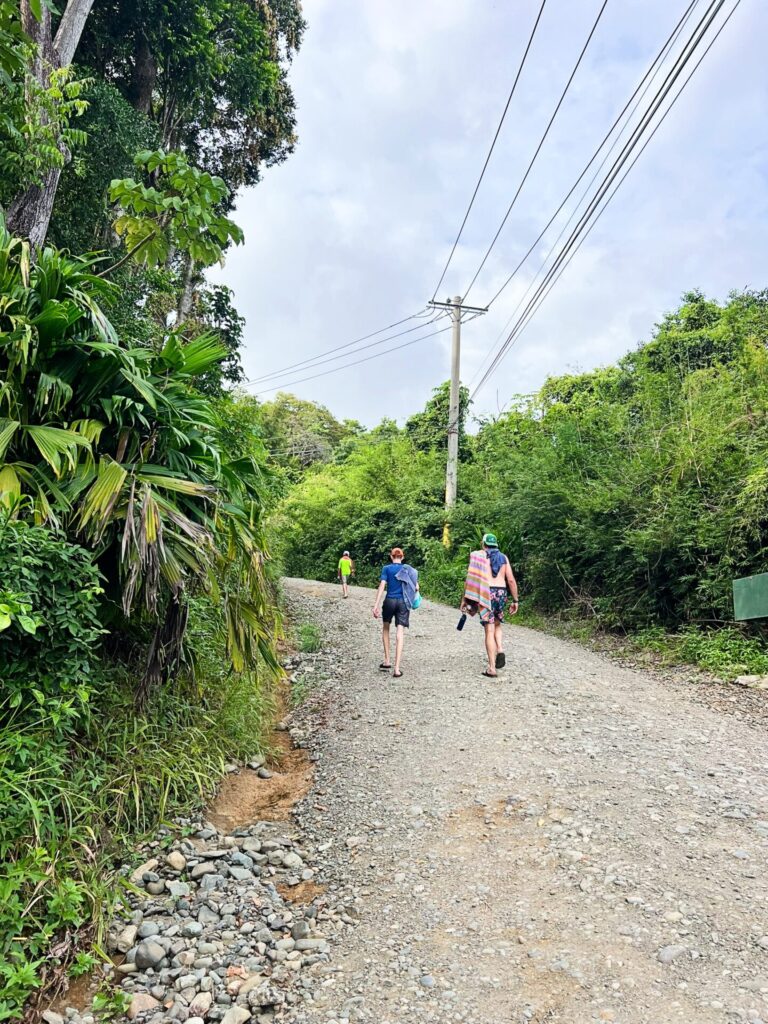
Do be sure to check on accessibility if anyone you are traveling with has mobility concerns. We experienced a lot of very steep hills, with rocky roads, and steps wherever we went around the country.
I have always felt like this country is incredibly safe for tourists. Of course, a general heads-up and good decision-making are critical wherever you go in the world, but I came to Costa Rica as a 20-something single female with a 20-something single female friend decades ago and then again with my precious “babies” and never once felt uncomfortable or as though I had to worry about safety and security.
Food & Dining in Costa Rica
I am a fan of Costa Rican food, so this was an easy place for me to eat. Fried plantains, black beans, omelets, rice… all delicious.
This is a different type of Central American fare than we experienced in Guatemala (not as heavy on the avocadoes, unfortunately) but very good.
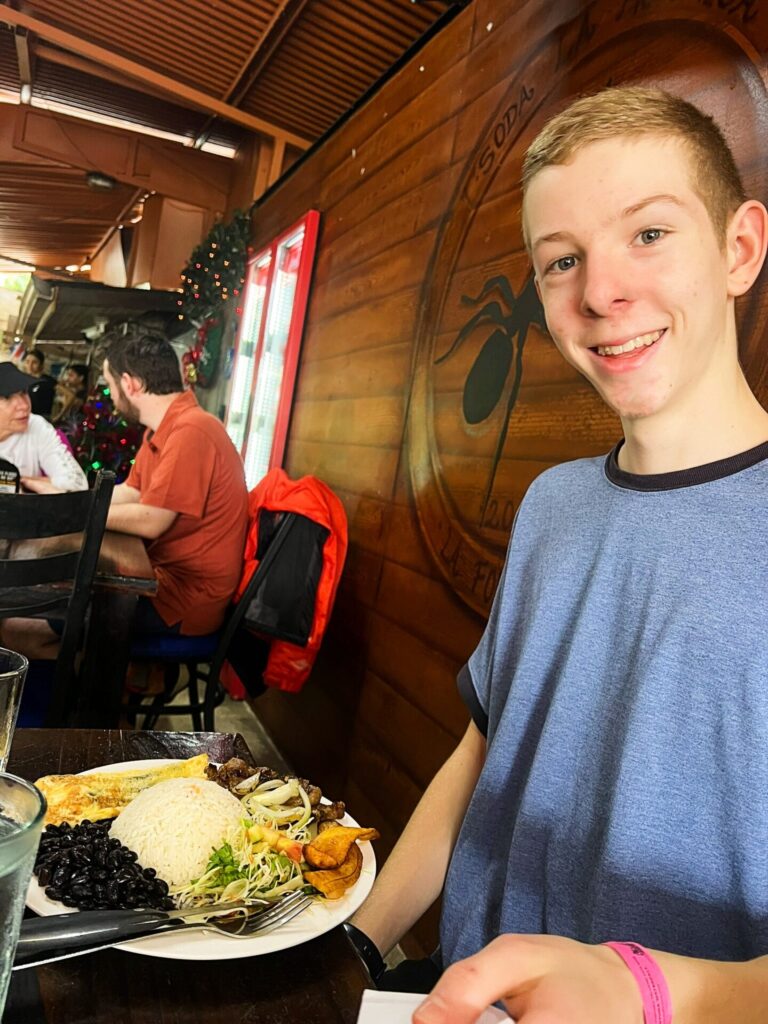
As mentioned above, Costa Rica has a lot of indoor/outdoor living. And restaurants follow suit. You’ll likely be sitting outside or under a shed roof. There will be dogs around. It will be glorious.
Costa Rica doesn’t invest in, or hasn’t opened the door to, the onslaught of American chain restaurants. On some of the highway drives we saw a Subway here and there, but other than that, the towns are gloriously free of the American standards.
I love how much Costa Rican dining is a local business. And we never had a bad meal. We pulled over to highway stops and places unknown to us and still had good meals.
Our kids loved the food, too. We all had different casado dishes in various places and they were always tasty and filling. Our favorite casado was at a soda (cafe) in La Fortuna.
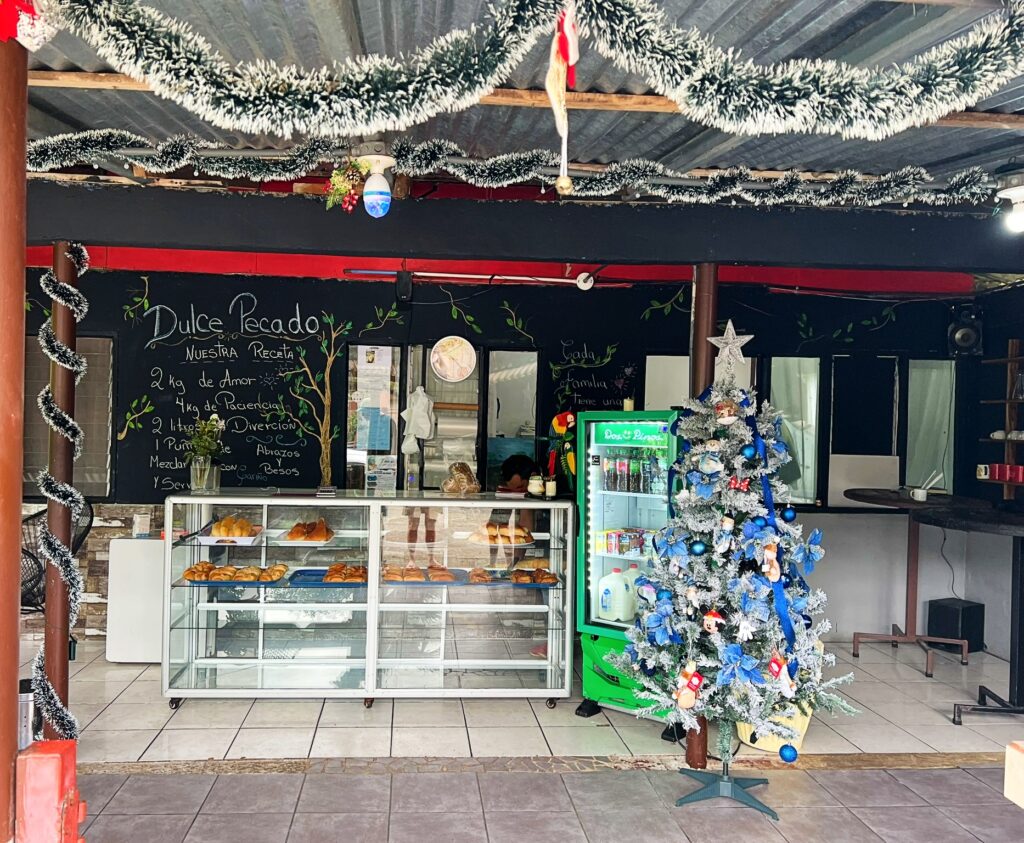
We had beautiful pastries and cold beers. Note that liquor and wine are expensive, so buy them at the duty-free store on your way out of the airport (similar to Iceland).
The water out of the tap was safe to drink. Grocery stores were stocked well enough that we were able to find provisions for our AirBnBs. Everywhere we went took both US dollars and credit cards.
Things to Do in Costa Rica

There are so many things to do in Costa Rica, but you are going to want to be outside. The biggest draw to Costa Rica is the biodversity.
Costa Rica has 30 national parks (three of which are UNESCO World Heritage sites), and over a quarter of the country is protected. It holds 6% of the earth’s biodiversity, which is remarkable considering how relatively small it is. You are probably going to Costa Rica to be outside.
Some of the most popular activities in Costa Rica include:
- guided hikes and tours in a variety of formats but particularly through the national parks
- unguided hikes through national parks (although it’s best to do your research before you go as, unlike US parks, there won’t be a lot of help and information at the information kiosks and booths at Costa Rican parks)
- the natural hot springs
- kayaking
- whale watching
- beach-going
- surfing and surf lessons
- horseback riding tours
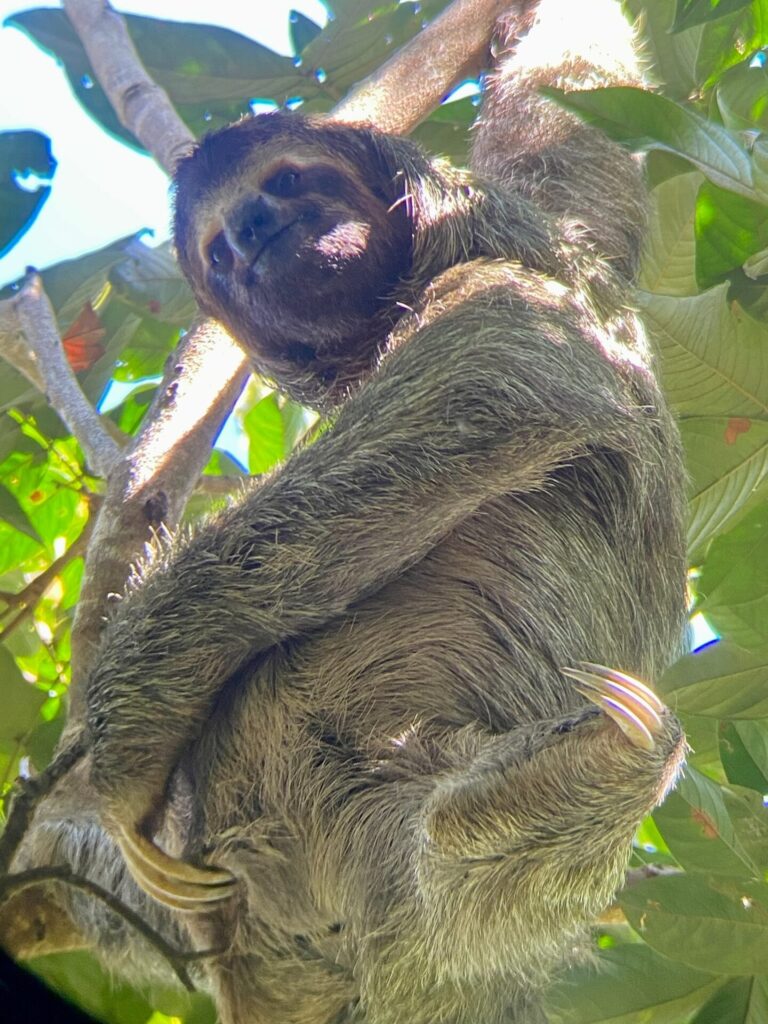
- visiting waterfalls (although there is a fairly hefty fee to enter all places maintained by Costa Rica such as La Fortuna waterfall and the national parks)
- visiting a coffee farm
- hanging bridges (located in a variety of locations across the country)
- ziplining and ropes courses
- a guided night tour through the jungle
- snorkeling
- chocolate farm tour
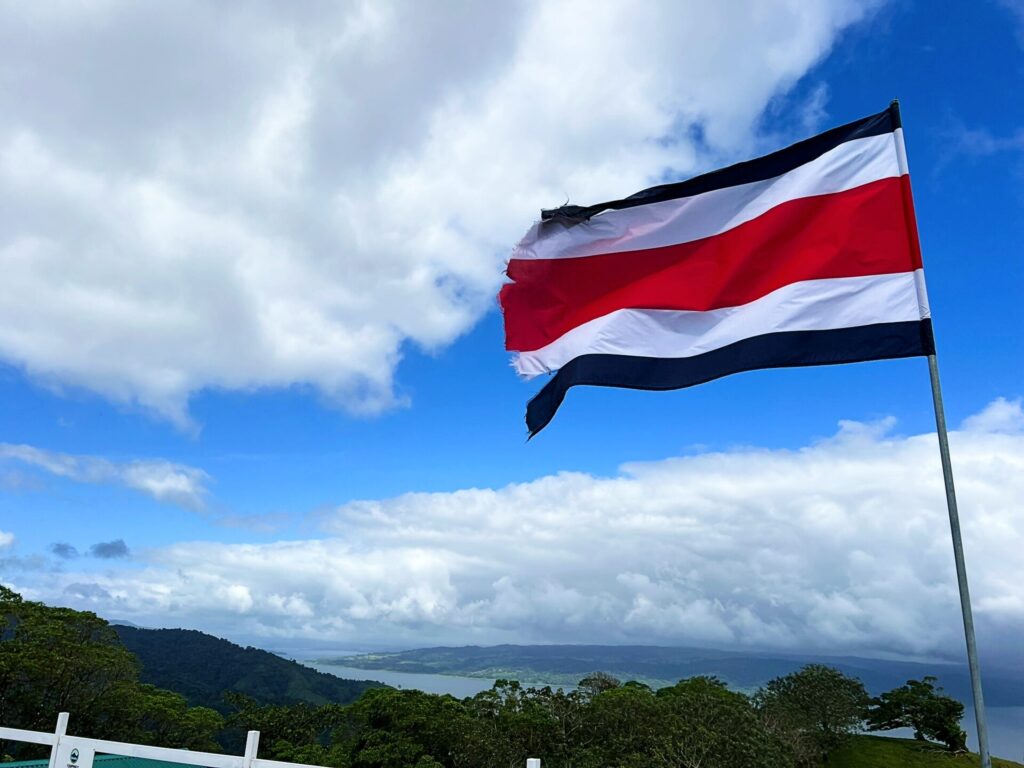
What was it like returning to Costa Rica 20 years later? It was different, of course, in nearly all the ways. I had changed and Costa Rica had changed.
The first time I was in the country I had just met, and left back in the States, the man who would become Mr. Family Trip. There weren’t cell phones, and I was still trying to figure out who I was. This time, I was a 40+-year-old mom to older boys and it all felt so much more precious and fleeting. I felt I could observe more and I wanted to absorb it all.
Costa Rica perfectly balances a culture and country so different from America with the slow-paced lifestyle of dropping out and letting stress go that appeals to me – it appeals to many. Pre-pandemic, Costa Rica saw over 3.1. million visitors a year. Something here is worth experiencing. And, if you are like me, worth experiencing again. We’re all in search of Pura Vida.
Like it?
Save it:
